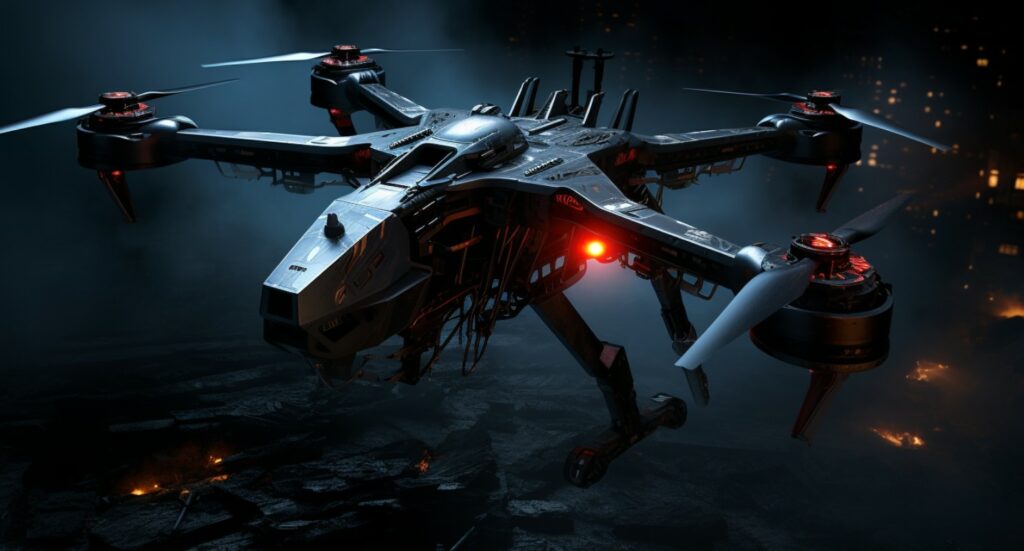
It appears that the United States has already seriously considered the concept of autonomous warfare. DARPA’s autonomous fighter jet, capable of unmanned combat, is no longer considered a breakthrough: the agency has moved to the next phase of development, aiming to create systems capable of controlling a group of fighter jets in joint beyond-visual-range missions.
DARPA’s new program, Artificial Intelligence Reinforcements (AIR), builds on the Air Combat Evolution (ACE) project, which pitted AI-equipped F-16s against manned aircraft in a training “dogfight.” The goal is to increase autonomy to the point where these aircraft can operate in formation, coordinating over long distances and in complex combat environments. The program is part of a broader militarization of AI that is raising concerns about its security.
Although AIR was launched later than ACE, the concept itself is not new: the first application for the program was published in 2022. This week, DARPA quietly awarded Systems & Technology Research (STR) an $11.3 million contract under the so-called “Option One.” As the agency explained, this is already the second of two planned phases of the program, which indicates that the project is progressing.
At the beginning of AIR, the program involved six contractors, but in the second phase, the number was reduced to four. STR is responsible for one of two key technical areas: the development of algorithms that will enable the distributed and autonomous execution of real-time tactical missions in uncertain, rapidly changing, and complex environments. The second area involves the creation of rapid and accurate models that can account for uncertainty and automatically improve as data accumulates.
According to initial documentation, AIR is expected to use existing sensor systems, electronic warfare systems, and weapons. The testing phases will include simulations, then tests with a human in the control loop, and finally tests on a real unmanned combat aircraft. Similar developments have already been demonstrated: the US Army has created a robotic system capable of autonomously shooting down drones.
In addition to STR, Lockheed Martin and BAE Systems also participated in the project, but DARPA has not yet announced who exactly will be included in the second phase: the selection of participants is still ongoing. Details of the work in the first and second phases remain confidential, but it is known that the next phase will last approximately 30 months and will cover the remainder of the program.
The question of when pilots will actually be forced to give way to artificial intelligence remains open. And while developers are testing tactical autonomy, critics do not rule out more unexpected scenarios, up to the point of an autonomous fighter jet one day deciding to abandon a combat mission. Experts warn that the spread of military AI could make the world less safe, as AI makes mistakes, and the consequences can be fatal. The international community is trying to develop a global pact against military AI.
Follow us on Google News to receive daily updates on cybersecurity. Contact us if you would like to report news, insights or content for publication.
